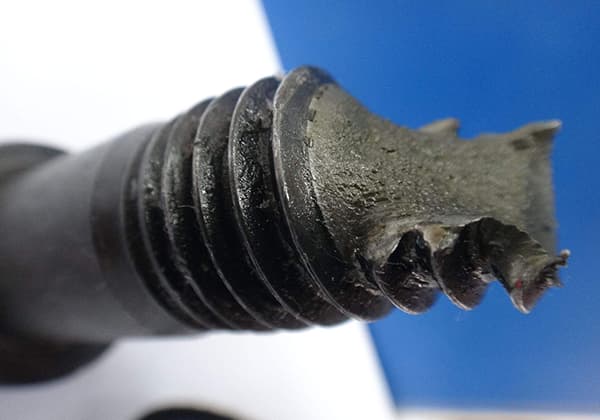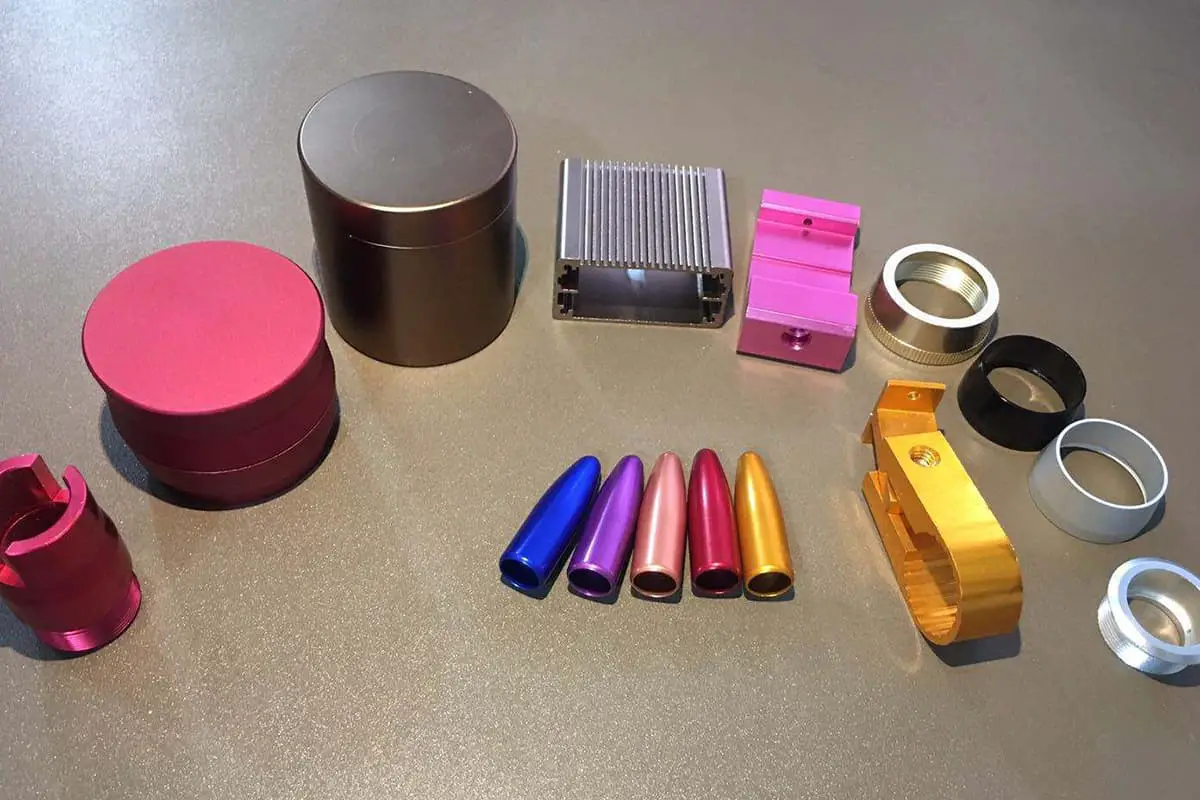
Are you curious about the differences between nickel electroplating and chemical nickel plating? This article explores the methods, advantages, and applications of each technique. Nickel electroplating uses an external power source for deposition, making it ideal for decorative and protective coatings. In contrast, chemical nickel plating, driven by catalytic action, ensures uniform coverage even on complex shapes, offering superior wear and corrosion resistance. Dive into the nuances of these two processes and discover which one best suits your needs in various industries.

Chemical nickel plating, also known as electroless nickel plating, operates through its inherent catalytic action.
In contrast, electro-nickel plating relies on discharging external power due to the potential difference between substrates. The cost between the two methods isn’t significantly different.
Electro-nickel plating primarily serves as a protective decorative coating. It’s widely used in automobiles, bicycles, watches, medical instruments, household hardware, and other applications.

This method employs electrochemistry to deposit a nickel layer on the surface of black or non-ferrous metal components.
Although it can be used for surface coating, it is primarily used as a base for chrome plating, preventing corrosion, enhancing wear resistance, and improving aesthetics.
This technique is extensively employed in the manufacturing industry, including machinery, instrumentation, medical devices, and household appliances.
The chemical nickel plating layer is extremely uniform. As long as the plating solution can permeate, and solute exchange is sufficient, the coating will be very consistent, almost achieving a form-fitting effect. Electro-nickel plating cannot fully coat complex-shaped workpieces, but chemical plating can coat any shaped workpiece.
High-phosphorus chemical nickel plating results in an amorphous layer without any inter-crystalline gaps on the surface, while the electroplating layer is typically crystalline.
Because electroplating involves an external current, the plating speed is much faster than chemical plating.
Thus, for an equivalent thickness layer, electroplating finishes sooner than chemical plating. The adhesion of the chemical plating layer is generally higher than that of the electroplating layer.
Chemical plating, mostly using food-grade additives and avoiding harmful substances like cyanide, is more environmentally friendly than electroplating.
Currently, the market only offers a single color for chemical plating, pure nickel-phosphorus alloy, while electroplating can achieve many colors.
| Coating Performance | Nickel Electroplating | Chemical Nickel Plating |
| Composition | Containing over 99% Nickel | Average 92%Ni+8%P |
| Structure | Crystalline | Amorphous |
| Density | Average 7.9 | 8.9 |
| Coating Uniformity | Change | ±10% |
| Melting Point /℃ | 1455 | ~890 |
| Post-Coating Hardness (VHN) | 150-400 | 500~600 |
| Hardness After Heat Treatment (VHN) | Unchanging | 900~1000 |
| Wear Resistance | Good | Excellent |
| Corrosion Resistance | Good (with porous coating) | Excellent (the coating has virtually no porosity). |
| Relative Magnetization Rate | 36 | 4 |
| Resistance /Ω•CM | 7 | 60~100 |
| Thermal Conductivity /W•M-1•K-1•104 | 0.67 | 0.04~0.08 |
| Linear Expansion Coefficient /K-1 | 13.5 | 14.0 |
| Elastic Modulus /MPa | 207 | 69 |
| Elongation Rate | 6.3% variation | 2% |
| Internal Stress /MPa | ±69 | ±69 |
| Friction Coefficient (Relative to Steel) Under Unlubricated Conditions | Wear | 0.38 |







